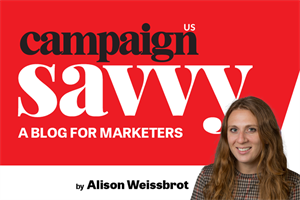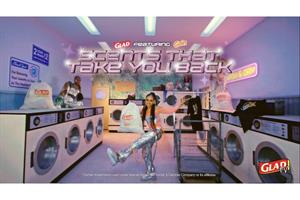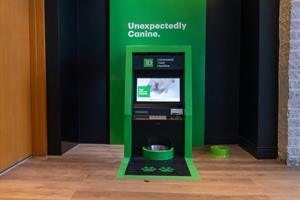To be funny, you have to understand who you're trying to entertain. Comedy is the North Star for strengthening bonds and it's a proven manifestation of relationship quality, closeness and support.
Who’s sincerely laughing with someone they don’t trust, after all?
Humor is the strongest resonating advertising theme for Western audiences, according to Nielsen, and it's only on the rise. Yet using humor isn’t as easy as it seems. Brands often try to be funny by being relatable, but it doesn't always land.
The issue is rooted in the vernacular brands co-opt. I deleted my personal TikTok nearly two years ago partially because many brands on the platform were trying to use the same voice. While parroting each other, many misused “Gen-Z slang” and poorly rebranded AAVE (African-American Vernacular English) and LGBTQ+ lingo in an attempt to look cool, edgy and humorous.
The average social media manager is believed to be white, according to 65% of respondents in a survey by Sprout Social. This means that when a brand uses AAVE in its messaging in an attempt to be relatable, hyper-vigilant Gen Z audience have good reason to question if companies are run by Black talent.
Inauthenticity can be dangerous to a brand trying to build connections. Ninety-two percent of Gen Z have indicated that being authentic to oneself is more important than anything else, according to a report by EY, and 71% are more likely to talk positively about brands they perceive as authentic, a BBC study found.
While a brand's social media presence needs to be part of its larger brand strategy, it shouldn’t vastly differ from other channels. An inconsistent brand voice creates an inconsistent brand experience.
So, what should brands do if they want to embed humor into their strategy — especially on social media?
A strong brand strategy should leverage unique insights and nuances from its audience uncovered through community mining, which commonly takes form as social listening. Not everything you mine will be gold, but it’s just as important to know through supported data when you should and shouldn’t activate something.
Duolingo is a success story that relies on social listening to be funny. By responding to memes and content from social media users about its mascot, the language learning platform successfully balances its authentic brand voice with humorous audience insights like in its recent April Fools spot, Duolingo on Ice.
As brands continue to forge relationships through humor, they need to use social insights to determine what makes sense for their image and audience.
What’s ‘in’ right now’? Understanding your audience and making sure your social media strategy is part, not all, of your brand voice. What’s ‘out’? Sacrificing quality and brand-strengthening messaging for quantity, inauthenticity and misusing AAVE and LGBTQ+ slang.
Tyler Brindamour is a PR associate at Allen & Gerritsen.
This story first appeared on PRWeek U.S.









